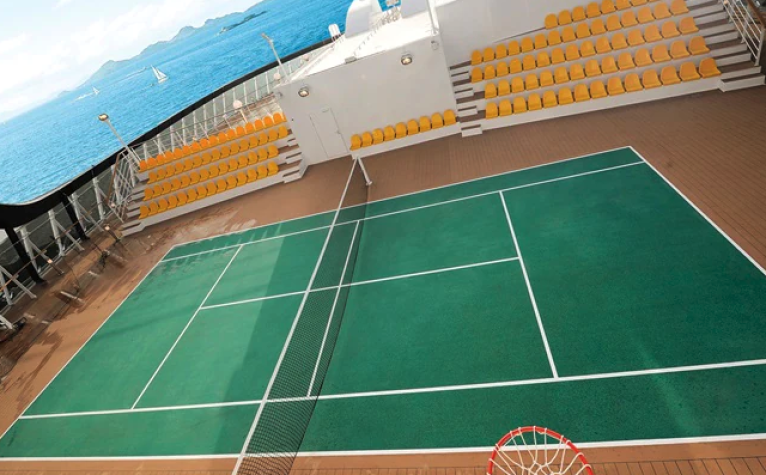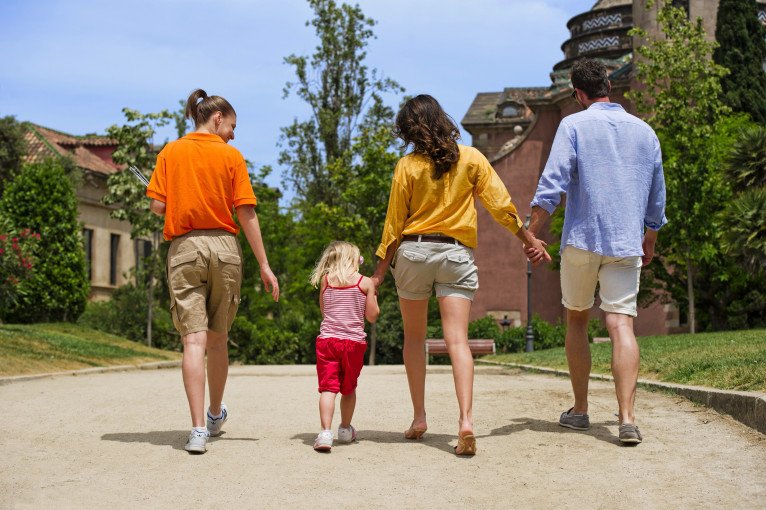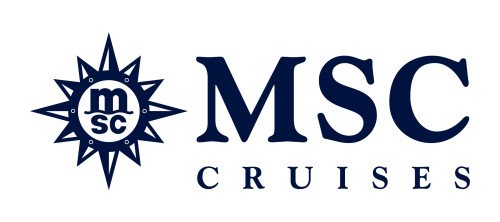(Prices correct as of today’s date, are updated daily, are subject to change and represent genuine availability at time of update).
This cruise only holiday is financially protected by ABTA
Please click here to check the essential travel requirements before booking this cruise.
Want to add a hotel stay or change your flights?
Just call our team of cruise specialists to help build your dream cruise holiday today!
Prices based on 2 people sharing. Cruise only price does not include flights. Fly-cruise price may vary by chosen UK airport.
Itinerary
Southampton
Lying near the head of Southampton Water, a peninsula between the estuaries of the Rivers Test and Itchen, Southampton is Britain’s largest cruise port. It has been one of England’s major ports since the Middle Ages, when it exported wool and hides from the hinterland and imported wine fro... Read More
Southampton
Cork
Cork
At Sea
Southampton
What's Included with
MSC Cruises
When you take a well-deserved holiday with the MSC cruise line, you can benefit from an abundance of inclusions while on-board. Plus, if you upgrade to a drinks package, you will enjoy the benefits of an all-inclusive experience. Talk to our cruise concierge about all the various types of MSC drink packages that will best suit your needs.
Accommodation
Breakfast, lunch, dinner and snacks in a choice of included dining venues
Entertainment throughout the day and evening
Use of swimming pools, hot tubs, fitness centre and leisure facilities where available
Return flights included from a choice of UK airports (fly cruise bookings only)
Port taxes
Selected hot drinks, iced tea, lemonade, juices, and water in selected venues
Porterage of luggage from port to cabin
Adult only areas
Youth programmes for babies to 17-year-olds
Sailaway parties, themed nights and deck parties
Shuttle service to and from ports and airport where available
Explore MSC Virtuosa
From fine dining to Broadway-style production shows, the MSC Virtuosa has amazing facilities that cater to all age groups, singles, couples and families alike.
















II Campo
II Campo is located on Deck 7.










MSC Bike Adventours
One of the best ways to explore a city is from the seat of a bicycle. Hit the road on your next MSC Cruise on a MSC BIKE ADVENTOURS experience.
See, hear, smell and feel the destination like never before. You’re guaranteed to leave with a deeper connection.
Our carefully curated small group tours offer both active adventures and easy city sightseeing on electric bicycles.
Reserve today and ride into your next adventure with MSC Bike Adventours.
MSC Bike Adventours Clothing
Ride longer and feel stronger with our pro cycling jersey and race ready bib, designed by Essor Design studio and available exclusively onboard. Available in S – XL.
You can have yours with our MSC Bike Adventours.























MSC Starship Club
This futuristic venue is much more than just a bar. It's an immersive entertainment experience.
Featuring Rob, the first humanoid robotic bartender at sea, the MSC Starship Club takes our guests to a different world.
Not only can Rob mix a range of signature cosmic drinks, he also speaks 8 languages, and enjoys entertaining guests with jokes, riddles and space facts. If he's in the mood, he may even show you his dance moves!











MSC Aurea Spa
MSC Aurea Spa boasts an exotic interior of natural stone, precious woods and rich mosaics, and is equipped with specific and massage treatment suites. Being pampered by a traditional Balinese Massage is a truly unique experience. Thanks to a blend of scented essences and aromatic oils, your body is enveloped in an endlessly peaceful and relaxing aura.
Available on: all MSC Ships
Type of service: Charges apply











Baby Club 0-3
You can leave your toddlers with our MSC Babycare staff, or stay with them and enjoy the special Chicco toys and games. They'll love our music and rhythm activities, designed to awaken their curiosity.
MSC Cruises offers two services to all parents of babies under 3 years old*.
- MSC Baby Time: is the service that allows parents to enter our baby club and play with their children at specific time slots each day.
- MSC Baby Care: is the service that allows parents to leave their baby with the youth staff in determined time slots each day and in the meantime enjoy on-board services and relaxation. Both services are free of charge and allow a maximum of 15 babies to enter the Baby Club at the same time.
Our partnership with leading baby care brand Chicco provides a dedicated play area with facilities for babies and toddlers under 3 years old.
*To be left under the responsibility of youth staff during MSC Baby Care service, babies must be more than 6 months old.
Available on: all MSC ShipsType of service: Included
Deck 19 - Mendelssohn

- Top 19 Exclusive Solarium
- Savannah Bar
- Savannah Aquapark
- Himalayan Bridge
- MSC Yacht Club Grill & Bar
- MSC Yacht Club Sundeck & Bar
- MSC Yacht Club Pool
- Whirlpool Bath
- Solarium
- MSC Yacht Club
Deck 18 - Schumann

- Sun Deck
- Horizon Bar
- Attic Club
- Teens Club
- Web Creator Room
- Young Club
- Doremiland
- Baby Club Chicco
- Mini Club Lego
- Junior Club Lego
- MSC Teens Lab
- Sky Lounge
- Sliding Roof
- MSC Yacht Club
- MSC Yacht Club Restaurant
- MSC Yacht Club Deluxe Suite
Deck 16 - Debussy

- Horizon Pool
- Horizon Amphitheatre
- Sportplex
- Sports Bar
- Bowling
- MSC Formula Racer
- XD Interactive Cinema
- Virtual Games Arcade
- Hologate Arena
- Power Walking Track
- MSC Gym powered by TechnoGym
- Solarium
- MSC Yacht Club
- Concierge Area
- Top Sail Lounge
- MSC Yacht Club Interior Suite
- MSC Yacht Club Deluxe Suite
Deck 15 - Morricone

- Marketplace Family & Kids
- Marketplace Buffet
- Marketplace Bar
- Sea Pavillion by Jereme Leung
- Atmosphere Bar South
- Atmosphere Ice Cream Bar
- Atmosphere Pool
- Tropical Bar
- Atmosphere Bar North
- Tropical Pool
- Solarium
- MSC Yacht Club Royal Suite
- MSC Yacht Club Deluxe Suite
- MSC Yacht Club Interior Suite
Deck 14 - Tchaikovsky

- MSC Yacht Club Deluxe Suite
- MSC Yacht Club Interior Suite
- Deluxe Balcony
- Deluxe Balcony with partial view
- Premium Suite Aurea
- Deluxe Interior
Deck 13 - Bizet

- Deluxe Balcony
- Premium Suite Aurea
- Studio Balcony
- Deluxe Interior
- Studio Interior
- Deluxe Balcony Aurea
- Grand Suite Aurea with Terrace and Whirlpool
- MSC Yacht Club Duplex Suite with Whirlpool
Deck 12 - Paganini

- MSC Yacht Club Royal Suite
- Grand Suite Aurea with terrace and whirlpool
- Deluxe Balcony
- Deluxe Interior
- Deluxe Balcony Aurea
- Premium Suite Aurea
- Studio Balcony
- Studio Interior
Deck 11 - Puccini

- MSC Yacht Club Royal Suite
- Premium Suite Aurea
- Grand Suite Aurea with terrace and whirlpool
- Studio Balcony
- Deluxe Balcony
- Deluxe Balcony Aurea
- Deluxe Interior
- Studio Interior
Deck 10 - Gershwin

- Deluxe Balcony
- Deluxe Interior
- Studio Interior
- Premium Suite Aurea
- Premium Ocean View
- Grand Suite Aurea with Terrace and Whirlpool
- MSC Yacht Club Duplex Suite with Whirlpool
Deck 9 - Strauss

- Premium Suite Aurea
- Deluxe Balcony
- Deluxe Interior
- Premium Ocean View Cabin
- Grand Suite Aurea with Terrace and Whirlpool
- MSC Yacht Club Duplex Suite with Whirlpool
Deck 8 - Wagner

- Deluxe Balcony with partial view
- Deluxe Balcony
- Junior Ocean View
- Junior Ocean View with Obstructed View
- Deluxe Ocean View Cabin
- Deluxe Interior Cabin
Deck 7 - Verdi

- Carousel Lounge
- Red Gem Casino
- Effy Shop Jewellery
- Champagne Bar
- Butcher's Cut
- II Campo Restaurant
- Kaito Teppanyaki
- Kaito Sushi Bar
- Galleria Virtuosa
- Masters of the Sea
- TV Studio & Bar
- MSC Aurea Spa
Deck 6 - Beethoven

- Minuetto
- The Opera
- The Symphony
- Emotions-Immersive Gallery
- Photo Gallery
- THE HUB Photo & Digit@l
- Photo Gallery
- MSC Starship Club
- Fashion Jewellery
- MSC Shop
- MSC Foundation Centre
- The Art Wall
- Shopping Gallery
- Luxury Plaza
- L'Atelier Bar & Art
- Indochine Restaurant
- Jean-Philippe Chocolat & Café
- MSC Excursions
- Galleria Virtuosa
- Hola! Tacos & Cantina
- Virtuosa Boutique
- Virtuosa Bar & Lounge
- La Grand Theatre
Deck 5 - Mozart

- Blue Danube
- Infinity Atrium
- Infinity Reception - Guest Service
- MSC Excursions
- MSC Future Cruise
- Panoramic Lift
- Business Centre
- Infinity Bar
- Le Grand Theatre
- Deluxe Ocean View Cabin
- Deluxe Interior Cabin
- Studio Interior Cabin
MSC Virtuosa Cabins & Suites
There are multiple styles of MSC Virtuosa cabins to choose from when booking your cruise holiday. From Interior rooms to the MSC Yacht Club suites, all accommodations, no matter your budget, have a luxury and modern MSC Virtuosa interior design that is ideal for unwinding after a long day.



Deluxe Interior





Premium Ocean View





Deluxe Balcony Aurea



























-large_thumb.jpg)









